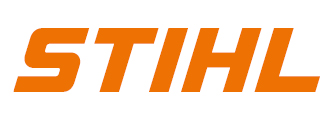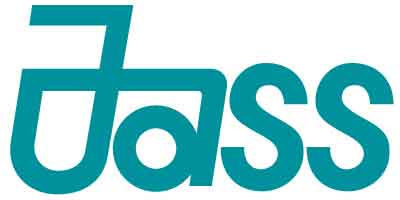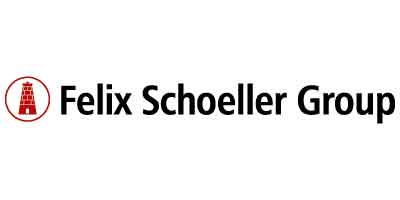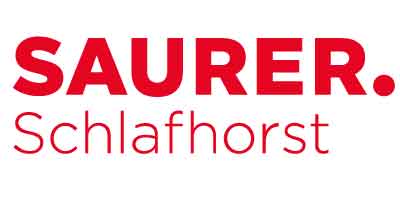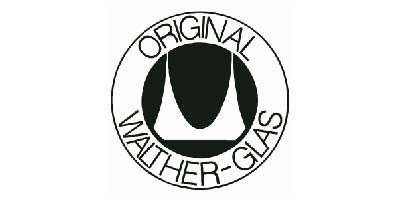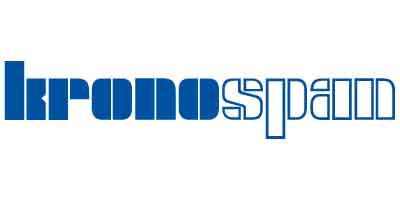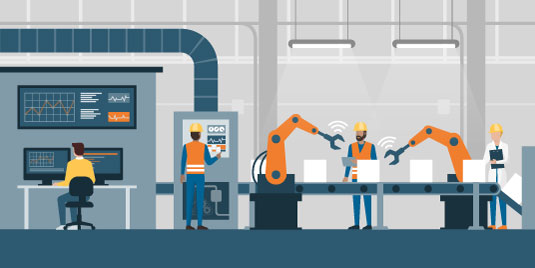viaLog plans production logistics, which means the supply and disposal of materials for production. The task of production logistics is production supply, i.e. the provision of raw materials and semi-finished goods, auxiliary materials and operating materials as well as the removal of semi-finished or finished goods at the appropriate time. Prudent, precisely fitting production planning should serve to optimise production, ensure a smooth production process and fit harmoniously into corporate logistics.

Goals of planning for production logistics
- Rapid responsiveness in production
- Enabling ever smaller batch sizes up to “batch size 1”
- Low-crossing material flow in production
- Optimising the flow of materials between logistics and production
- Digitalisation of supply and disposal processes
- Creating synergy effects between production logistics and distribution logistics
viaLog’s approach and services in the area of production planning
1. Ist-Analyse
2. Lösungsmöglichkeiten
3. Ausführungsvorschlag
4. Realisierung
viaLog’s references for production logistics
This is an excerpt of our references in the field of production logistics.
You can find a complete overview of all projects in our “References” section.

Are you considering optimising your production logistics?
Our logistics experts will be happy to advise you!
Telephone: +495247/9364-0
Email: info@vialog-logistik.com
What aspects does planning for production supply and production disposal include?
- Material planning
- Delivery frequency
- Container management
- Space requirement
- In-plant transport
- Effects on the warehouse
- Dispatch or storage of semi-finished and finished goods
- Disposal of empties and production waste
- Digitisation
Material planning
- How is the required material requested – by pull procedure via the employee (Kanban, iKanban, PC) or by push procedure as material replenishment in regular cycles?
- Does the strategy apply to the entire production supply or does it make sense to have a strategy that is adapted to the workplace and/or partial level?
Delivery frequency
What is the range of the containers?
Container management
- Which containers should be used for delivery?
- Should disposable or reusable containers be used?
- In which containers or on which loading aids will be stored and transported?
- Is repacking necessary? If so, where will this be done?
Space requirement
- Is the material stored directly at the workplace or in transfer racks or transfer stations?
- How must the corresponding areas be dimensioned?
In-plant transport
- Which technology suits the production process?
- Which degree of automation makes sense?
Effects on the warehouse
- How must the supply warehouse be designed?
- Which warehouse technology, loading aids and software are used?
Dispatch or storage of semi-finished and finished goods
- Is there storage in a combined raw materials and finished goods warehouse, storage in a separate finished goods warehouse or direct provision for dispatch?
Disposal of empties and production waste
- When and how are empties and waste separated?
- Where are the containers for wood, foils, metals, etc. until collection?
Digitisation
- Linking of the systems involved (WMS, PDA, PPS etc.)
- Mapping of processes and interfaces to transport systems (tugger trains, AGVs, etc.)
- Replacement of document-managed processes through the use of mobile end devices
Procurement logistics, warehouse logistics, production logistics and distribution logistics
Advantages of holistic planning of corporate logistics
There are numerous interdependencies between procurement, warehouse, production and distribution. Especially with regard to replenishment, production and shipping times, IT, internal transport and the loading equipment used, cross-divisional thinking is appropriate. In addition, a joint consideration of procurement logistics, warehouse logistics, production logistics and distribution logistics is particularly useful if direct shipping from production is to take place, as well as in logistics processes that supply distribution and production together.
Would you like to optimise your production logistics?
Get in touch with us now!

You can get to know viaLog free of charge and without obligation. In an initial web conference, our logistics planners will introduce themselves and familiarise themselves with your building project.
In the course of one to two hours, we will discuss your ideas and wishes regarding the planning, goals for the implementation and cost expectations.
This appointment is free of charge for you.


